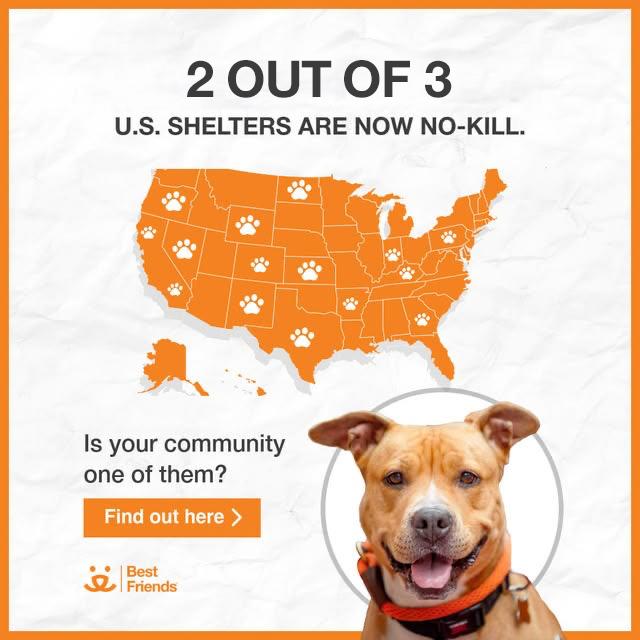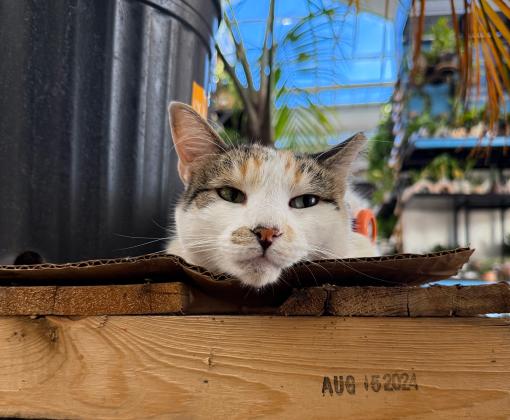
Rehoming a Pet With Special Needs
If you need to give up your pet, we recommend that you make every effort to place them directly into a new home. It is even possible to place animals with special needs. It might take time and patience, but fortunately quite a few animal lovers are drawn to pets with special needs.
Getting ready to rehome a pet
There are many strategies that you can use to find a new home for a pet with special needs. First, you'll need to get your pet ready for adoption. Here are some tips to help you do that:

See how your community is doing
- Make sure your pet has had a thorough veterinary examination and is up to date on all vaccinations. Also, be sure that you have a specific diagnosis and treatment plan for your pet. For example, if the animal has difficulty controlling elimination, obtain and write up specific information about what the animal can and can't do and the type of assistance needed. To find a good home for a pet with special needs, it's much better to be honest about the type of care the animal will need.
- If your pet isn't spayed or neutered, have it done. We don't recommend placing an animal who has not been spayed/neutered into a new home. Doing so can result in unwanted litters, and fixed animals are less likely to show undesirable mating behaviors, such as mounting or howling. Puppies and kittens as young as 8 weeks old can be spayed/neutered. For more information, talk to your veterinarian. If you need to find a source of low-cost spay/neuter surgery in your area, check the SpayUSA website.
- Take several good-quality digital photos of your pet. Make sure your pet is well-groomed, is looking at the camera, and can be seen clearly in the photos.
- Write a good adoption profile for your pet.
- When contacting individuals or groups about your pet, it will help tremendously if you have a nice flyer to hand out. Combine a photo of your pet and the adoption profile into a flyer. You can save it as a digital file, which can be attached to emails and used for posting on social media websites, and you can also print out hard copies for posting around town.
Putting the word out
Once you have your pet ready for adoption, get creative and think of ways that you can spread the word. Here are some ideas:
- Post the flyer or information about your pet on social media. Ask friends and family members to do the same.
- Put up flyers at your workplace, your veterinarian's office, and other places where there's a public bulletin board. Be creative: If you have a pet who's blind, for example, post flyers at local optometrists' offices. If the pet is a senior, get information out to senior housing and assisted-living facilities that allow pets.
- Contact all rescue groups and shelters in your area. Even if they can't take your pet, some groups will offer courtesy postings on their websites or allow you to bring the animal to one of their adoption events.
There are also some groups specifically for pets with special needs, including Deaf Dog Education Action Fund and The Senior Dogs Project, that might be able to help guide you in rehoming your pet.
Some people are hesitant to publicize information about their pets because they fear that people who would treat the pet unkindly will respond. Remember, you are in control of the situation and where your pet is placed. Don't be afraid to ask for references and follow up on them to ensure that your pet lands in a wonderful home.
